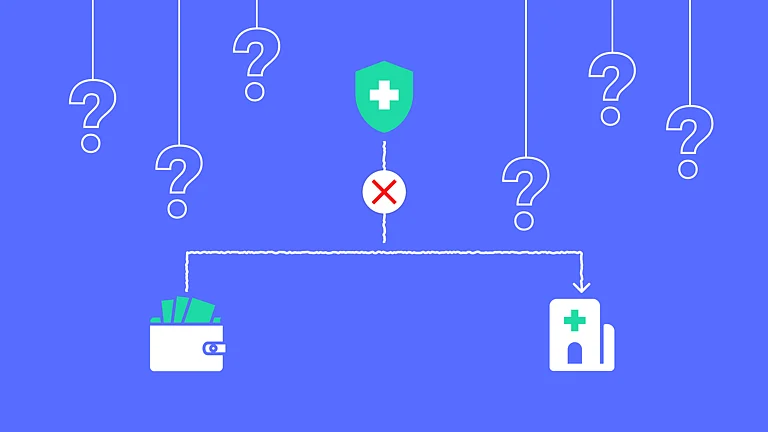Gig workers contribute in a major way to India's economy and have a strong desire to secure their family’s future. Despite their contribution to the economy and their ambition to secure their future, gig workers remain woefully underinsured, according to the India Protection Quotient (IPQ 7.0) survey by Axis Max Life Insurance.
Only 3 in 10 Gig Workers Own Term Insurance, Despite 9 in 10 Prioritising Family Financial Goals
The study notes a clear mismatch between intent and action when it comes to savings. It finds that a large share of gig workers are saving whenever possible while actively prioritising goals like children's education and long-term stability. But that does not necessarily translate into proactive planning or insurance coverage for these groups
The survey done in collaboration with Kantar found that while 89 per cent of gig workers prioritise their family’s financial goals, a higher percentage than the broader urban average, only 3 in 10 currently own a term insurance policy. Notably, this is lower than the 34 per cent statistic for urban India. Even more concerning is the fact that fewer than half of the gig workers who are insured with a term cover feel it is adequate to meet their needs.
The findings of the report were based on responses from 6,360 households across 25 cities, covering metros, Tier 1 and Tier 2 locations, highlighting a telling picture of how the country’s informal workforce, which typically includes drivers, delivery agents, freelancers, and platform-based workers, remains on the margins when it comes to financial security.
Where’s the mismatch?
The study notes a clear mismatch between intent and action when it comes to savings. It finds that a large share of gig workers are saving whenever possible while actively prioritising goals like children's education and long-term stability. However, that does not necessarily translate into proactive planning or insurance coverage for these groups.
Almost 40 per cent of gig workers surveyed as a part of the study said they haven’t taken any concrete steps to secure their financial future. In comparison, the number is under 30 per cent for other urban respondents. Even as gig workers express strong financial intent, the follow-through is missing.
What are the reasons behind this gap?
The report notes that one reason might be how many of these (term insurance) products are designed and distributed. Pure life insurance like term plans are largely designed to cater to salaried individuals. The majority of plans assume steady income, formal documentation and, often, a bank-led sales pipeline.
Such a model doesn’t typically fit the financial lives of workers in the informal sector. The gig workers largely operate without fixed salaries or employee benefits and may often move between platforms and contracts.
As per the findings of this survey, the gig segment’s overall Protection Quotient currently stands at 41, compared to the urban average of 48. Subsequently, their life insurance ownership is also lower at 69 per cent against 78 per cent for other urban policyholders.
And this is despite the fact that more gig workers cited family-orientated goals as financial priorities when compared to salaried workers. It is also not that they don’t understand the value of term insurance; two in three say it’s important. The problem is that few go on to buy it.
Worse, one in three gig workers surveyed felt their family would be left without any financial support if something were to happen to them. That’s 10 percentage points higher than the average across other urban respondents.
The Bottom Line
The survey, at large, shows that urban India’s financial preparedness has improved since the pandemic. Life insurance ownership is also at an all-time high wherein people are placing more weight on adequate coverage over just the cost of policy premiums.
However, these shifts are not yet reaching the gig workers at the same pace. As the gig economy continues to grow, it is important to have safety nets for this section that are typically available in traditional jobs.


